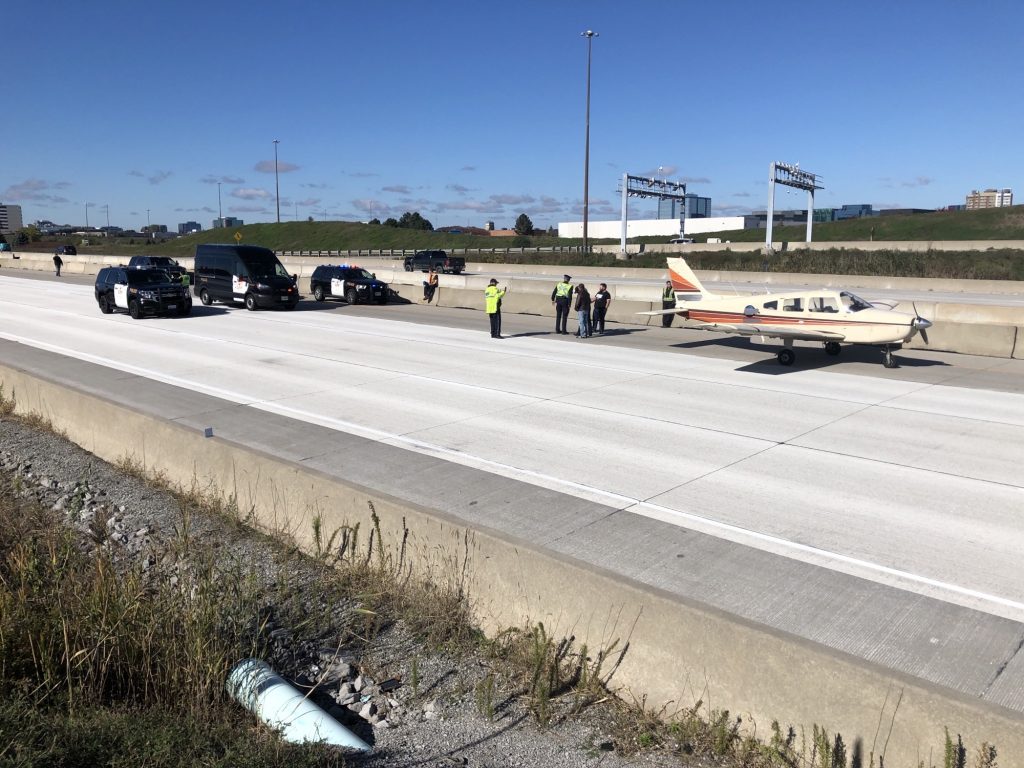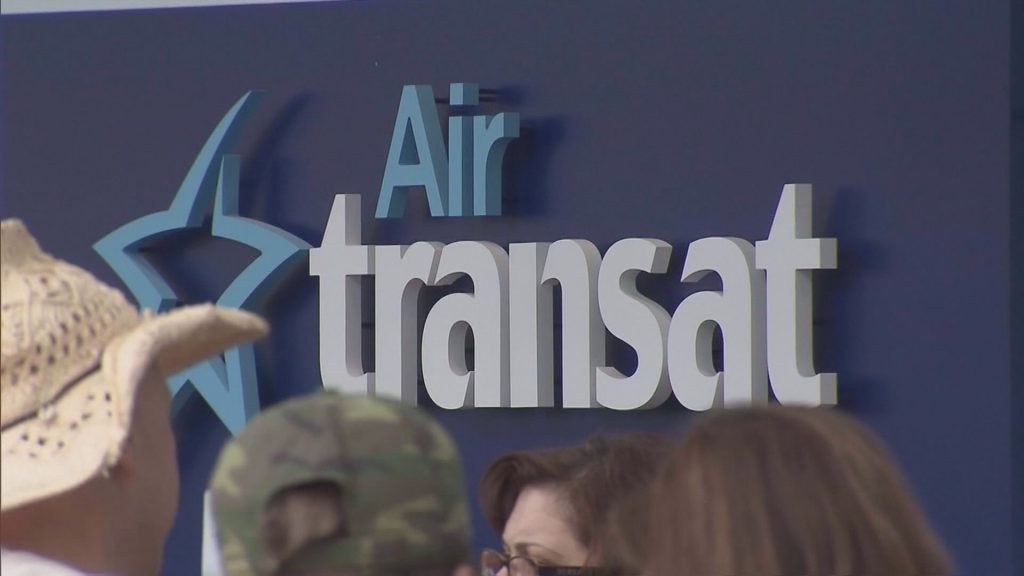Flight instructor explains why landing a plane on Highway 407 was an ideal choice

Posted October 28, 2021 5:27 pm.
Last Updated October 28, 2021 11:59 pm.
It’s an unconventional landing that has been viewed tens of thousands of times on social media, but Seneca College’s assistant chief flight instructor says the landing of an airplane on Highway 407 was the ideal choice given the emergency situation facing the pilots.
“It’s one of those scenarios that you train for every day, it’s something that we teach our students, and we talk before every takeoff about what would we do in the event of engine failure after takeoff,” Nicky Godfrey, a 30-year veteran with more than 4,000 hours of flying time, told CityNews on Thursday.
“There’s not a whole lot of areas to land around [Buttonville Municipal Airport], so picking the 407 is something many of us have discussed over the years doing that exact same thing. They did a great job putting it down on the highway just off to the side leaving room for traffic to get by.”
It was at around 10:50 a.m. on Wednesday when the small, single-engine aircraft began “sputtering” shortly after taking off from the Markham airport, located at Highway 404 and 16th Avenue.
“We immediately tried to turn back,” pilot Ibrahim Kulom told Ontario Provincial Police in a video shared on social media after the incident, adding he declared a mayday before turning toward the highway.
“We had no option … it was either this or the buildings.”
OPP Sgt. Kerry Schmidt said the engine trouble occurred after switching to the fuel tank after takeoff. He said the aircraft made its first flight after completing a 100-hour inspection and was en route back to its home base in Grimsby.
Godfrey said pilots of Cessnas and other smaller airplanes with fuel tanks in both wings will move to ensure fuel is being drawn from both sides in order to keep even weight distribution.
There were no immediate reports of injuries or damage, and Schmidt said charges aren’t expected to be laid in connection with the emergency landing.
https://twitter.com/407ETR_Traffic/status/1453427923155886086?s=20
A closer look at what happened and how pilots are trained to respond
407 ETR, the private company that operates the toll-based Highway 407, released a 31-second CCTV that captured the plane touching down a short distance away from an overpass before rolling along lane one and the left shoulder before coming to a gentle stop.
Godfrey said when she trains her students, especially on single-engine airplanes, it’s common to discuss and plan for engine failures — and generally areas where to go if there are problems.
Depending on the time of year and the weather conditions, she said landing on a flat, bare field is the preferred option. However, in spring and in fall if there has been a lot of rain, fields become less ideal due to soil saturation and how that could affect the plane.
When it comes to emergency landings for flights out of Buttonville, she said traffic volume weighs heavily on the choice to land on either Highway 404 or Highway 407.
Should a pilot encounter mechanical issues after takeoff, the training calls for a pilot to pitch forward (tilt the nose of the airplane down) and set up the best glide (every aircraft has a published glide speed to help get the maximum range) — something Kulom alluded to doing during his comments on the OPP video.
“That’s exactly what we teach our students, pitch for your glide, set up the airplane so you’re ready to deal with what comes next,” Godfrey said, referencing his comments that he couldn’t make it back to Buttonville.
“Once you’re over 1,000 feet you can consider it but it’s not ideal … the 407 was his best choice.”
As for what could have led to the engine failure, Godfrey said she didn’t want to speculate given that there are still several unknowns. However, she said it’s not all that common. Godfrey said she hasn’t experienced such an issue in her three decades of flying.
She noted there are many potential causes, such as a potential issue with the fuel selector lever.
Meanwhile, Godfrey reiterated the importance of planning and preparing.
“You don’t have a lot of time, you have to make your decisions quickly, stay calm and do what you’re trained to do — so that’s why your training pays off,” she said.
“Looking at it from an instructor’s point of view, it was textbook … my hat off to him.”
— With files from Michael Ranger and Michael Talbot








